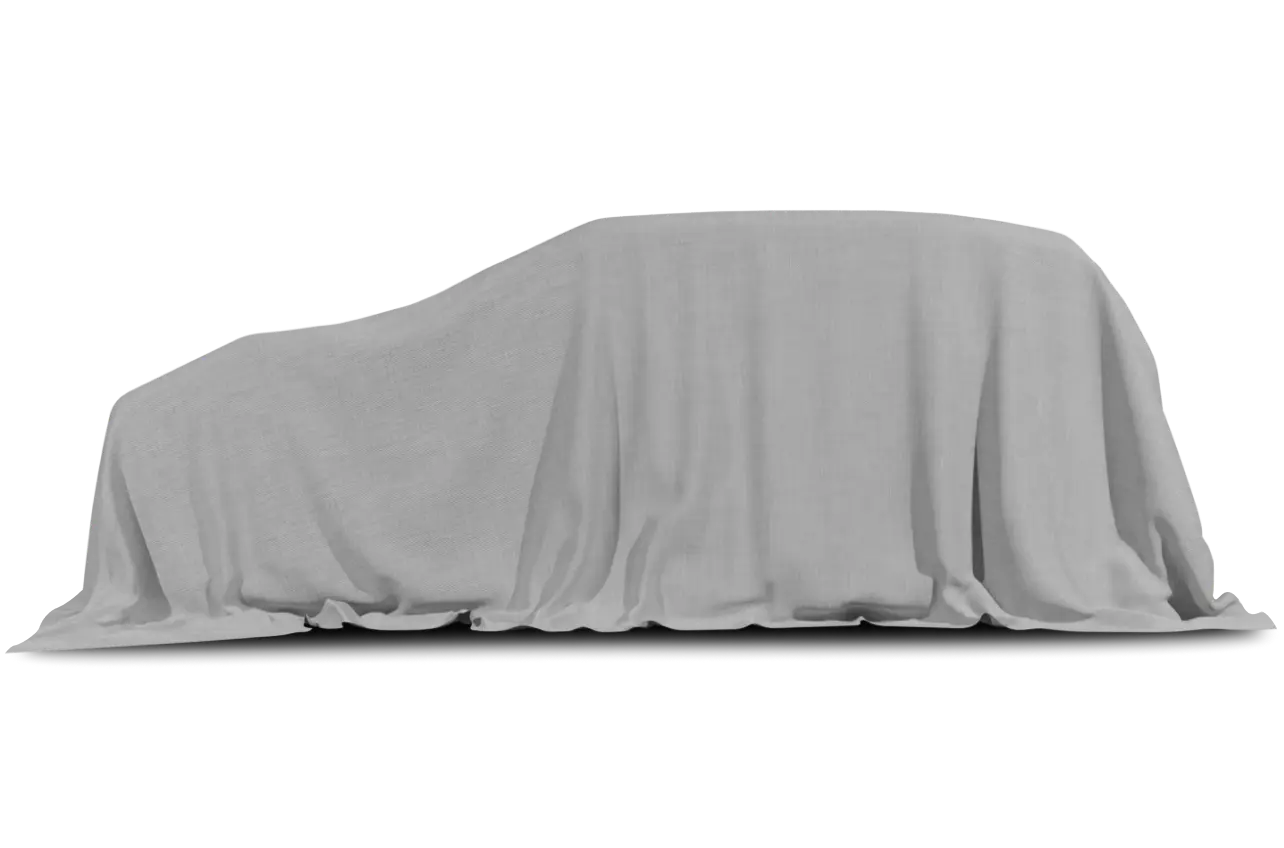
In the last couple of years mini-sport-utilities have established a solid niche in the market. But none of them — the Toyota RAV4, Honda CR-V, Kia Sportage or Suzuki Sidekick/Chevrolet Tracker –is a serious off-road vehicle. In fact, there isn’t much sport in any of these utility vehicles.
Subaru is the latest automaker to check in with a small sport-utility that is missing vital ingredients. This time it’s a rugged suspension system and the commanding view of the road you are supposed to get in an SUV.
The Subaru Forester probably will sell well for the time being because, anything with all-wheel drive and a brawny visage is in vogue.
In its current form the Forester — which is based on the Impreza compact — is really just a small minivan — not that there’s anything wrong with that.
PERFORMANCE, HANDLING
The Forester comes with a horizontally opposed, 2.5-liter, double overhead cam four-cylinder engine. Horsepower is rated at 165 — best in class. Our test vehicle came with a four-speed automatic transmission that added $800 to the sticker price. A five-speed manual transmission is standard.
All Foresters are built with Subaru’s reliable all-wheel drive system. In normal driving, power is sent equally to the front and rear wheels. However, if the tires begin to slip, the system automatically will adjust the amount of power sent to the front or rear to maximize traction. In light off-road driving, the Forester dug in and grabbed the dirt well. Under full acceleration, the Forester’s tires didn’t lose traction, and the vehicle handled well.
Perhaps cruising safely over dirt roads is where the Forester excels. It doesn’t ride higher than the average auto, so you won’t want to veer too far off the beaten path for fear that the Forester’s underpinnings could be damaged by deep holes, branches, logs and other debris.
In most instances, the transmission provided smooth shifts. But every now and then it bumped hard into gear when accelerating from a stop. I don’t know if this was an isolated mechanical fault in our test vehicle or just a trait of the all-wheel drive system. It happened inconsistently and didn’t feel as if anything was seriously wrong.
The Forester’s ride is smooth, quiet and sporty. The four-wheel independent suspension system — with MacPherson struts, coil springs and anti-roll bars — keeps the Forester on an even keel. It also does a credible job ironing out the rough spots in the road.
However, the four-wheel disc brakes really let the vehicle down. You have to apply extra muscle to get the Forester to stop quickly. But the anti-lock system worked well. Because you have to press hard on the brake pedal to engage the system, the Forester does comes to a quick stop in an emergency.
For a small vehicle, the Forester’s maneuverability is hampered slightly by its wide 38.3-foot turning radius. But the power rack-and-pinion steering system offers a crisp, sporty feel.
Al l in all, the Forester is an easy vehicle to drive. It’s peppy and handles well. With stronger brakes and a better turning radius, it could be tops in its class.
FIT AND FINISH
Subaru has come along way in ridding its vehicles of the cheap feeling they used to have. The company has done this by upgrading the quality of the materials it uses on such things as upholstery, plastic trim and carpet. Even the buttons, switches and controls have a solid feel.
There’s no question that Subaru did a decent job making the Forester’s seats comfortable and versatile and filling the vehicle with power accessories. All it needed, really, were remote-controlled door locks.
But it is a small vehicle. And unlike that Blazer or Explorer, the Forester won’t hold a full-size bicycle inside. Instead, you have to strap it to the roof rack or buy a bumper-mounted bicycle carrier.
Visibility is excellent, front and rear and from side to side. There’s a nifty little gauge in the c nter of the dash that shows which direction the vehicle is headed as well as the altitude and barometric pressure. But this instrument, along with fender flares, fog lights and fat tires, don’t make the Forester a sport-utility vehicle.
Looking at the whole picture, the Forester S model we tested is no great value. You could wheel home a fairly nice Chevrolet Blazer or Ford Explorer — true sport-utilities– for roughly the same money as our test vehicle.
Why pay a premium for a smaller vehicle that offers less power, less room and less standard equipment?
Specifications:
1998 Subaru Forester Base price: $22,195. Safety: Dual air bags, anti-lock brakes and side-impact protection. Price as tested: $24,727. EPA rating: 21 mpg city and 26 mpg highway. Incentives: None.
Truett’s tip: The car-based Subaru’s Forester is basically a small minivan, not a true sport-utility. It handles well, delivers good performance and has a lot of equipment. But it is not a serious off-road vehicle.





